I have been always delighted to see how the best of human nature is translated into the world around us. Living an working in Italy, gives me an unique opportunity to visit outstanding places, which are a material proof of an unfathomed creative potential of humans.
Venezia, as Italians call it, is a living example of the wonderful things humans are capable of. The muddy soil of the tiny venetian islands has become a home to many. With the passing of time the early households of the first Venetian merchants have experienced an outstanding transformation to remarkable wonders of architecture.
The water running across and around Venice is essential for the survival and the functioning of the city. However, as you can see on many of the photographs, the water is not just the blessing but also the curse of Venice. From its beginnings, the Venetians had to deal with humidity, erosion, high water (acqua alta), and instability of the terrain. As you can see on the photographs, the fifteen centuries of hard work, ongoing transformation and innovation payed off!
To me, Venice will always be an astonishing monument of human ingenuity that never ceases to surprise and delight me. Truly, an one of a kind city.
More info: life-nature-adventure.com
Gondole and San Giorgio Maggiore island
Carnival masks
Waterway of Venice
Grand Canal from Rioalto bridge
Stillness
Taking a sharp long-exposure photograph from a bridge in Venice can be a difficult task with an average of 50k daily tourists walking around the city day and night. For this particular photo, in order to avoid vibrations, I had to wait for a long time until I got a 10 seconds window without anybody crossing the bridge where I was standing.
Balancing the gondola beneath the Bridge of Sighs (Ponte dei Sospiri)
Corroded walls
The wood, sunken into the damp mud that prevented it from coming into contact with the air, was preserved in excellent condition, guaranteeing the functionality of the deepest section of the foundation structure.
Buildings’ foundation
To build their city, Venetians drove wooden stakes into the sandy ground, in order to consolidate it by increasing its density. Then, wooden boards were laid down on top of the piles. Finally, the buildings were razed onto these platforms.
Shopping together
I’ve been equally enjoying the most emblematic places in Venice as the less visited ones. The latter gave me the opportunity to capture Venetians during their daily routines.
Magic light
8Kviews
Share on FacebookExplore more of these tags
Whenever I see these shots I cannot imagine the effort that has gone into building Venice! Amazing feat, indeed!
I love Venice and have been very lucky to have spent a little time there.
Nice view. I think Venice is a romantic city. I desire, one day I can visit them wih my beloved family :)
Whenever I see these shots I cannot imagine the effort that has gone into building Venice! Amazing feat, indeed!
I love Venice and have been very lucky to have spent a little time there.
Nice view. I think Venice is a romantic city. I desire, one day I can visit them wih my beloved family :)

 Dark Mode
Dark Mode 

 No fees, cancel anytime
No fees, cancel anytime 







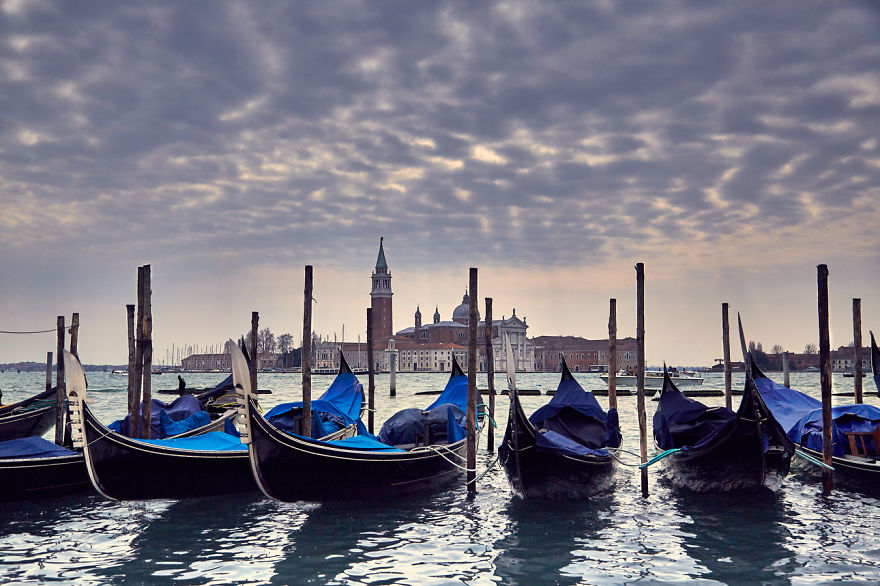

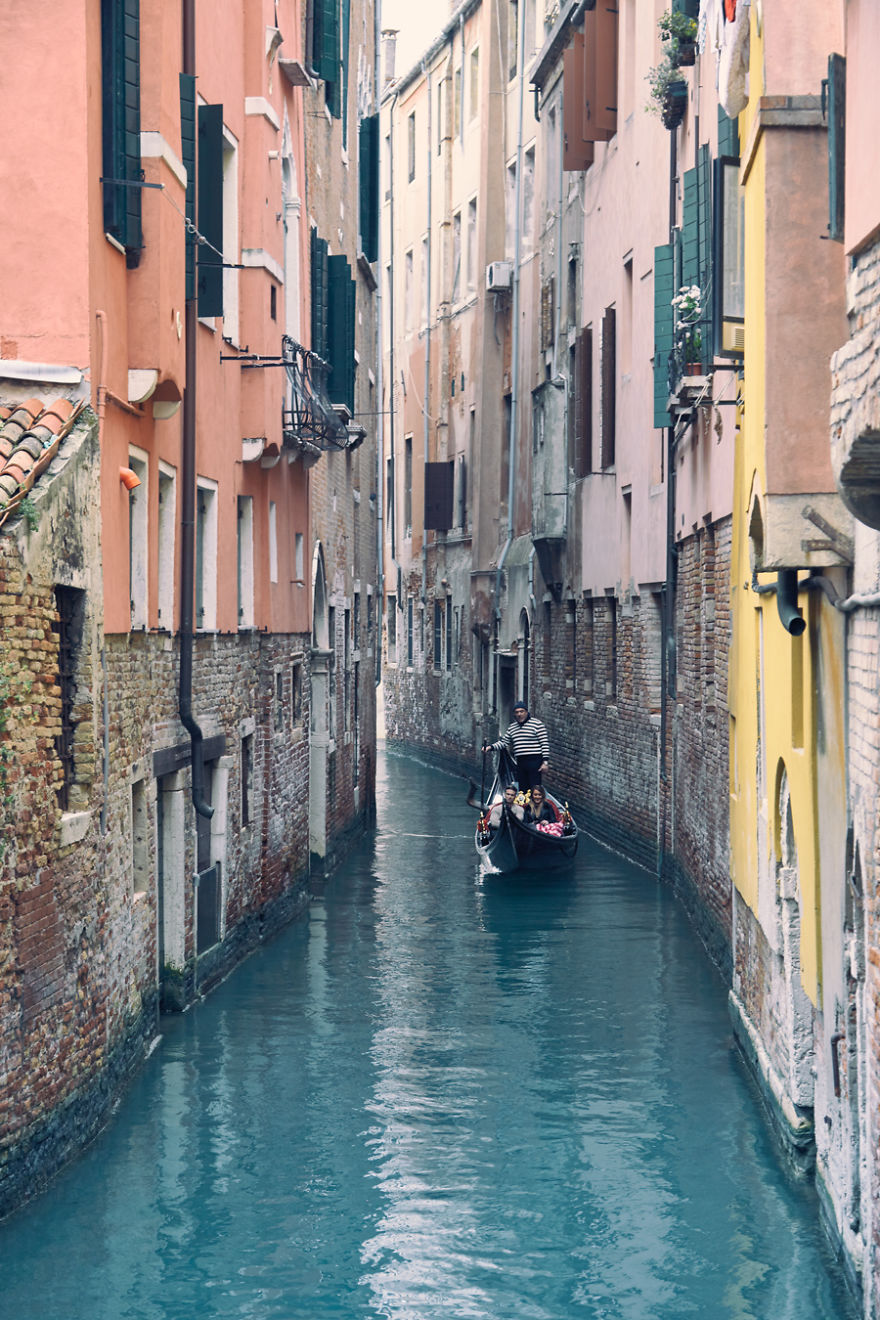
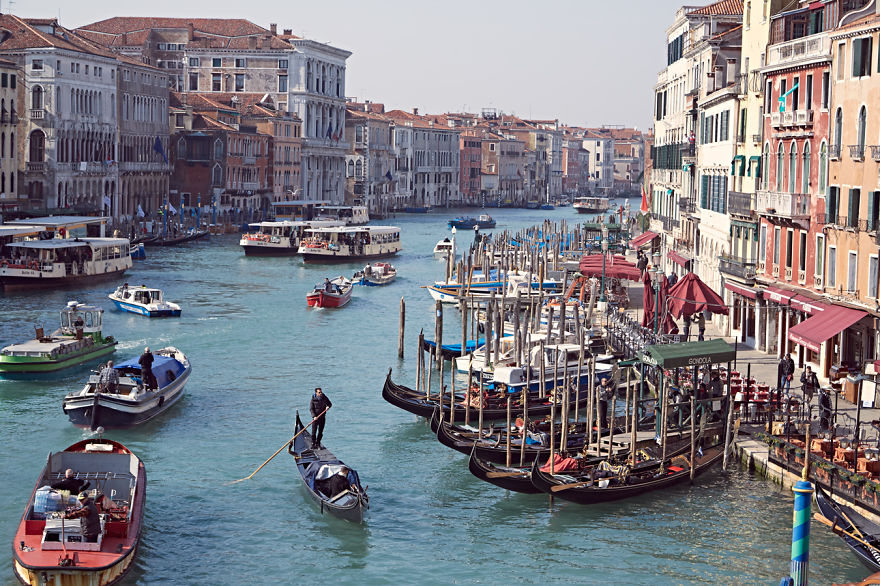
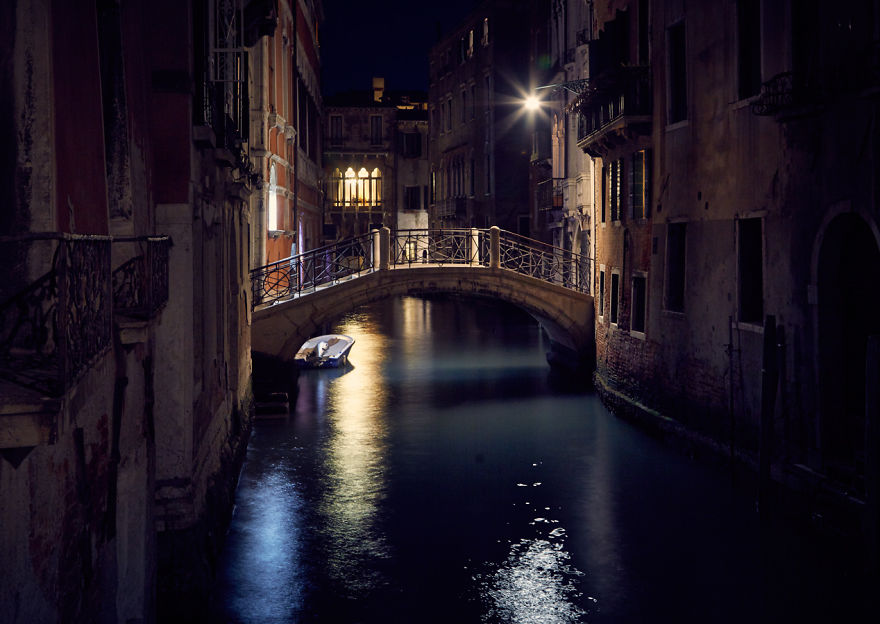
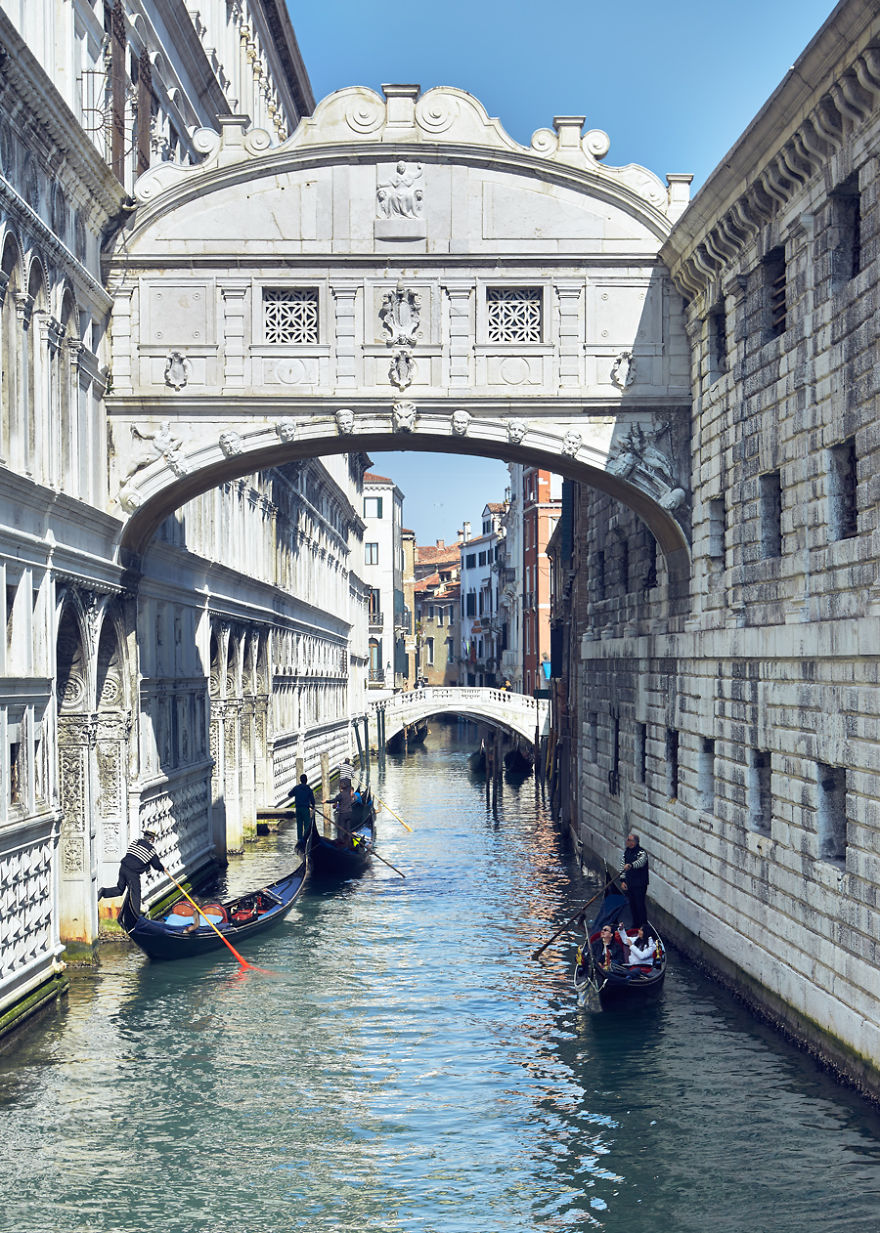
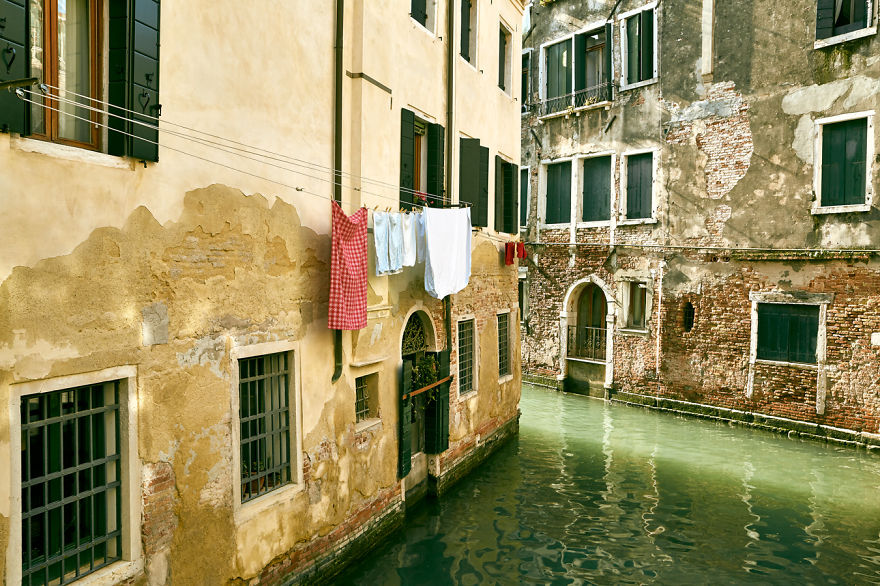
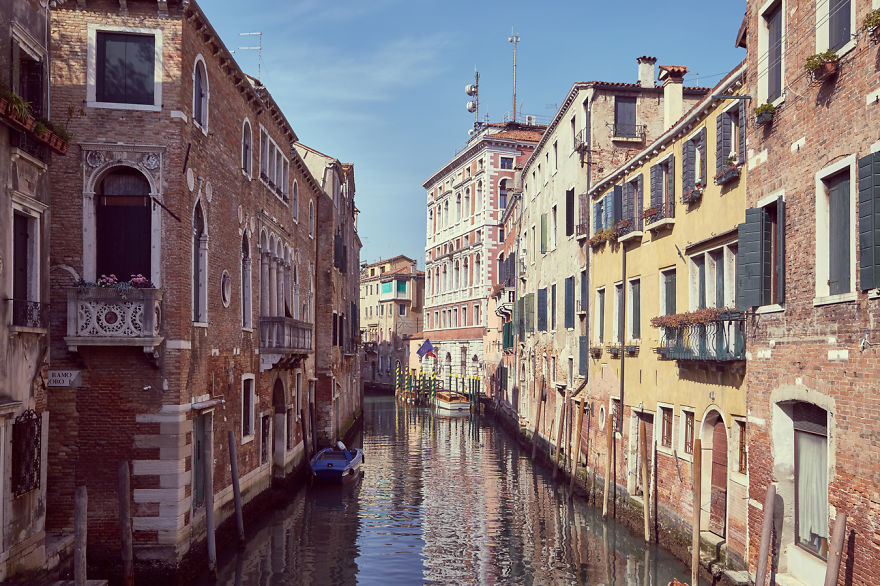
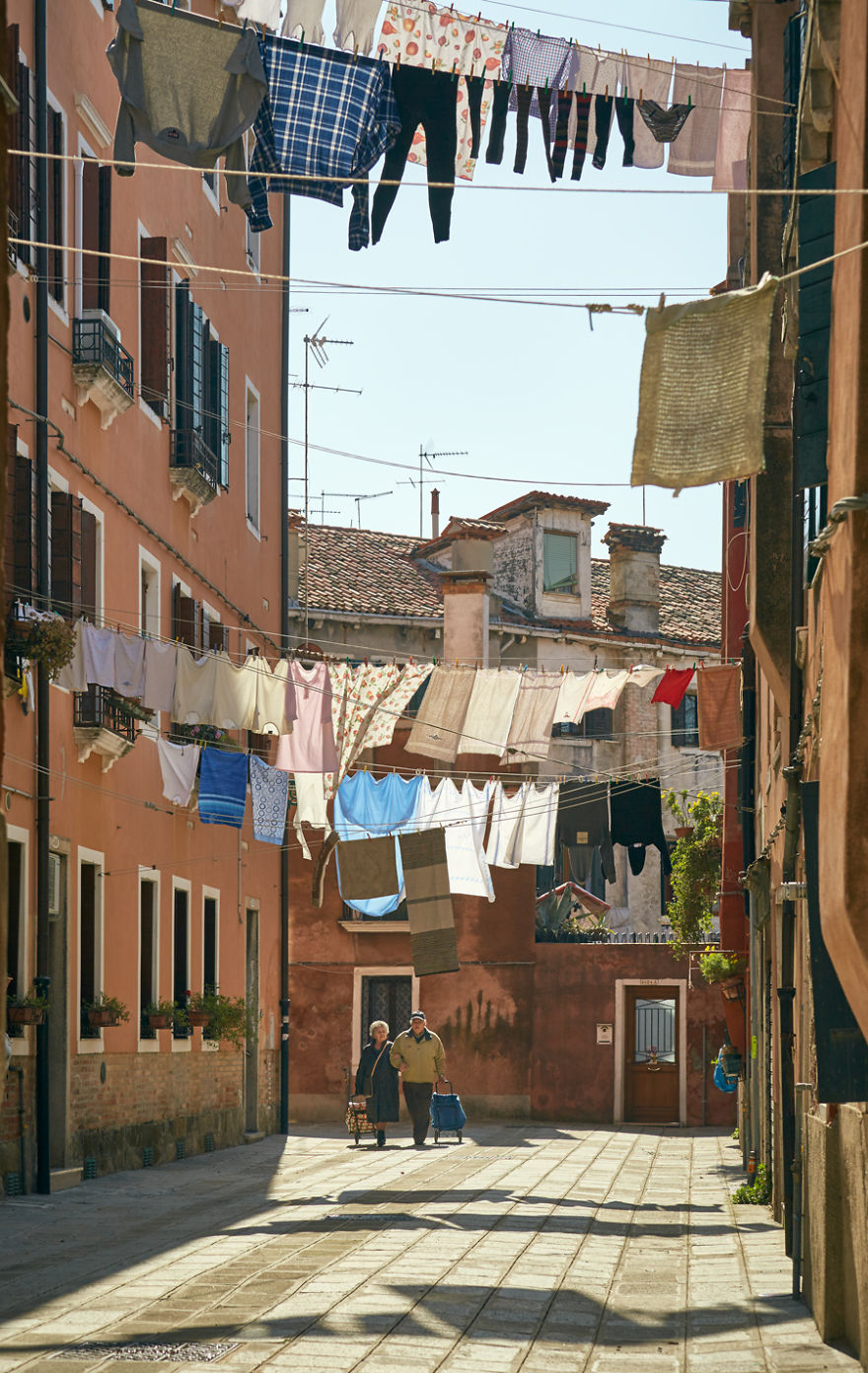
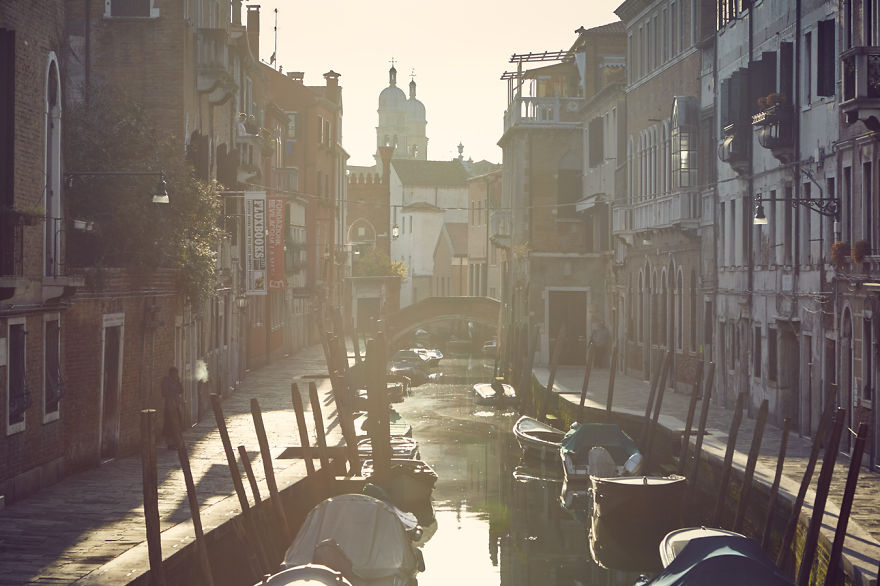











































45
2